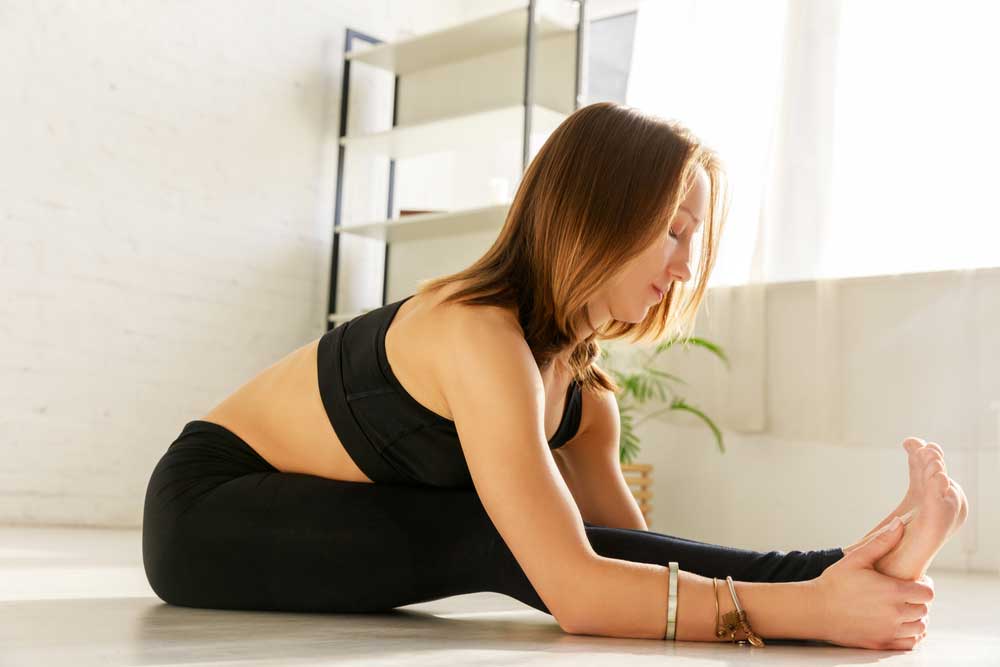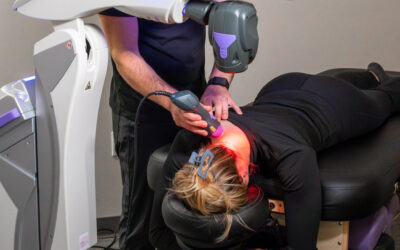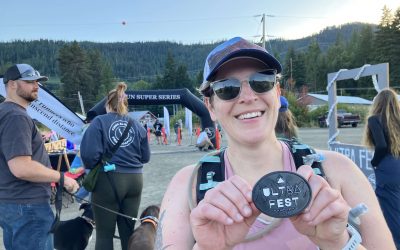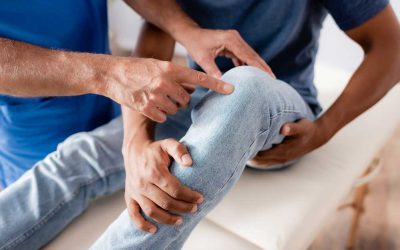How to improve your range of motion: Include some of these stretches/exercises and chiropractic care

“I’m not as mobile as I used to be”
Does this sound like you? Don’t worry, you are not alone. As we get older, most of us begin to lose our mobility as a result of a myriad of reasons, including hypertension, diabetes, rheumatoid arthritis, etc. according to a study published in the Annals of Medicine in 2019.
Additionally, and most commonly, living a sedentary lifestyle and muscle loss is one of the most common contributing factors to loss of mobility as we age. Are you familiar with the saying, “if you don’t use it, you lose it”? This most certainly applies to mobility as it does with endurance, power, and strength.
What is Mobility?
Simply put, mobility is your ability to take a joint through its full range of motion. This is different from the term ‘flexibility’ as that is defined as the muscles’ ability to lengthen when stretched.
This blog aims at helping you take back control of your mobility by giving you simple and effective stretches/ mobility drills and exercises you can do with minimal equipment and a maximum return on your time.
Plus, we will review why you might need chiropractic care to help your body unlock new ranges of motion.
Top Stretches For Hips, Back, Shoulders and Neck
Hips:
Notes: CAR’s stands for Controlled Articular Rotations. This fantastic drill only works if you go slow and are intentional about your movement.
Make sure to brace your core and keep your hips level the entire time.
Back:
Notes: Go slower than you think you should. This is more than a cat/cow.
This drill gives you the ability to find where you lack control with your movement.
You might find that certain segments of your spine move more freely than others. Focus your time on the “sticky spots”.
Shoulders:
Note: This is the one and only time that we recommend breathing into your chest.
When you open up the chest and get to an end-range position, breathe into the stretch (ie. chest).
This will help accentuate the stretch and further the release.
Neck:
Note: When you feel the stretch, take deep breaths and feel the collar bone fall down when you exhale. Be intentional with this stretch and remember, it is only as good as the consistency behind it.
Top Mobility Exercises for Hips, Back, Shoulders, and Neck
Hips:
Note: Your body will only let you go through a range of motion it is strong enough to support.
This is a great exercise to put your hip into an end-range position and help you build strength around it.
If you are set up and feel that one hip is hiked, then we recommend sitting on a rolled up bath towel or pillow to help you set yourself up for success by keeping your hips level.
Back:
Note: Take this one slow. Let your braced core and breathing control the rotations
Shoulders:
Note: While this is a fantastic exercise – you are new to it, we recommend starting with a small range of motion.
Let the shoulder warm up and this progressively increase your range until you hit your limit for the day.
Neck:
Note: This is one of my favorite exercises. As I mentioned before, muscles can become tight (leading to a loss in mobility) because they are underused and weak.
Therefore, stretching might not always work. This is a great exercise to stimulate and strengthen muscles that are holding excessive tone.
Think about a cold piece of clay. If you pull on the clay, it will break. But if you warm it up in your hand, you increase its pliability.
 The Importance of Chiropractic Care
The Importance of Chiropractic Care
Like muscles can become tight due to overuse (or underuse), joints can also become misaligned due to poor movement patterns or a lack of movement altogether.
Chiropractic, combined with soft tissue treatment such as Active Release Techniques, helps restore mobility to help your joints move more freely so you can regain your movement competence, confidence, and independence.


